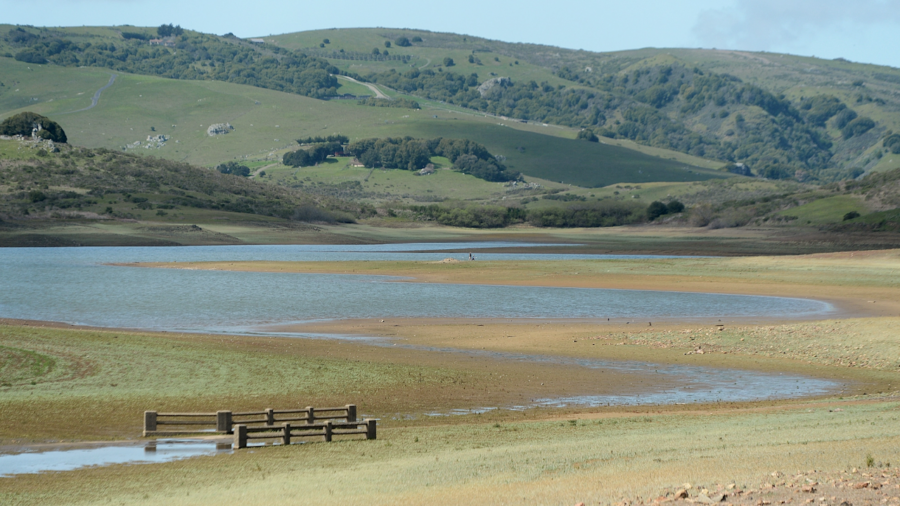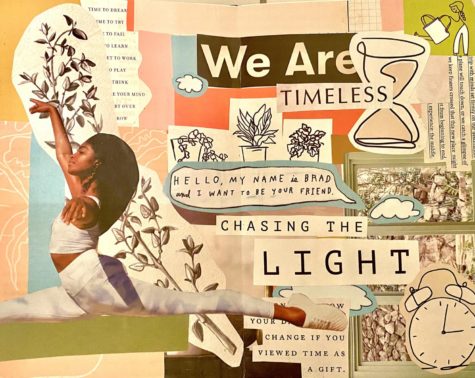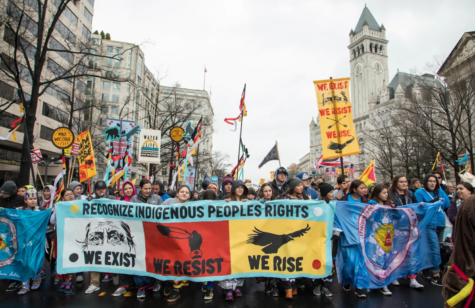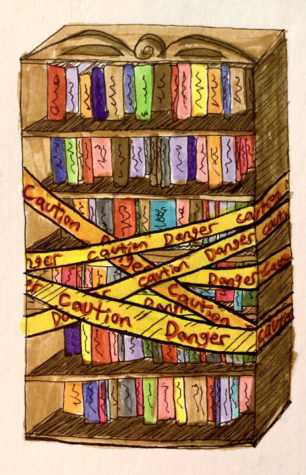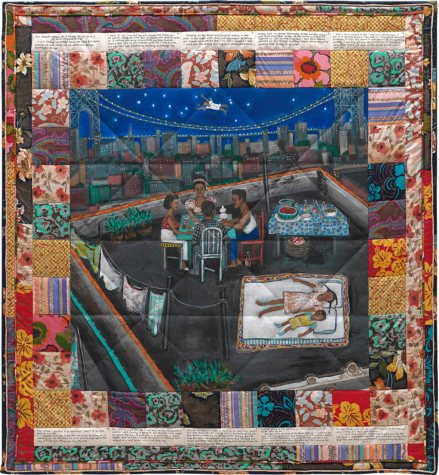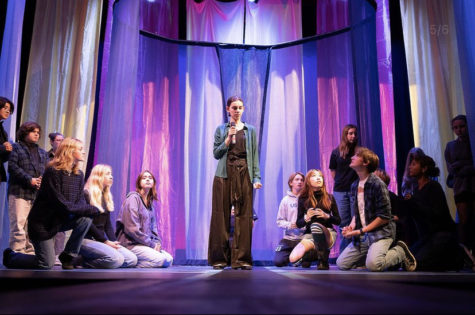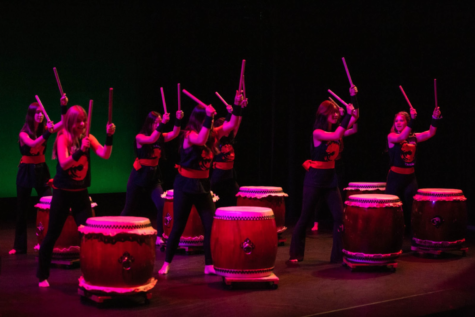Ongoing Drought in Marin
February 14, 202233 Views
History of Drought in Marin
The worst drought that Marin County faced was the drought in 1976-77. Creeks and rivers were dried up and the Marin Municipal Water District had only 120 days of running water left. So what saved Marin County from completely running out of water? Water was pumped from the East Bay through a 6-mile pipeline over the Richmond-San Rafael Bridge. Jack Gibson, the director of Marin Municipal Water District since 1994 says that “The water district had done little preparation for a drought.” Since then Gibson has helped integrate enlarged reservoirs, which fill up on rainfall. Although Marin County is better prepared for facing drought than in 1977, there’s still the risk of running out of water and needing another pipeline, especially with climate change’s effect on weather patterns.
The Current State of Drought in Marin
High precipitation in December for the most part restored Marin County reservoir’s water levels and largely reduced prospects of drought for the time being. Since then, the water supply has increased to “above average” and Marin County District is reconsidering some of the previous water restrictions. Restrictions include banned outdoor irrigation, a 40% limit on water use, and fees for residents and businesses who surpass water limits during dry spells of the year. The three storms in October and November have increased Marin’s water supply to fourteen inches more than last year (240% of normal.) Although this is good news, “Marin Conservation League board member, Roger Roberts urged the board to continue exploring new water supply options.” In spite of the expectation that Marin County will have significant water supply this year, it is important to recognize that the dry months are very much approaching—if not already happening, and it is vital that Marin County residents are conscious of drought and conserve water.
How You Can Reduce Your Water Consumption
You might be wondering what you can do to conserve water. The first step is to understand your water usage, then you can begin to reduce your water usage. Actions include taking shorter showers and baths (believe it or not a partially filled-up bath uses less water than the average shower), turning off the water when brushing your teeth and washing dishes, checking faucets and pipes for leaks, running the dishwasher and laundry machine only when it’s full, watering plants during cool periods of the day, and planting drought-resistant plants like succulents.
